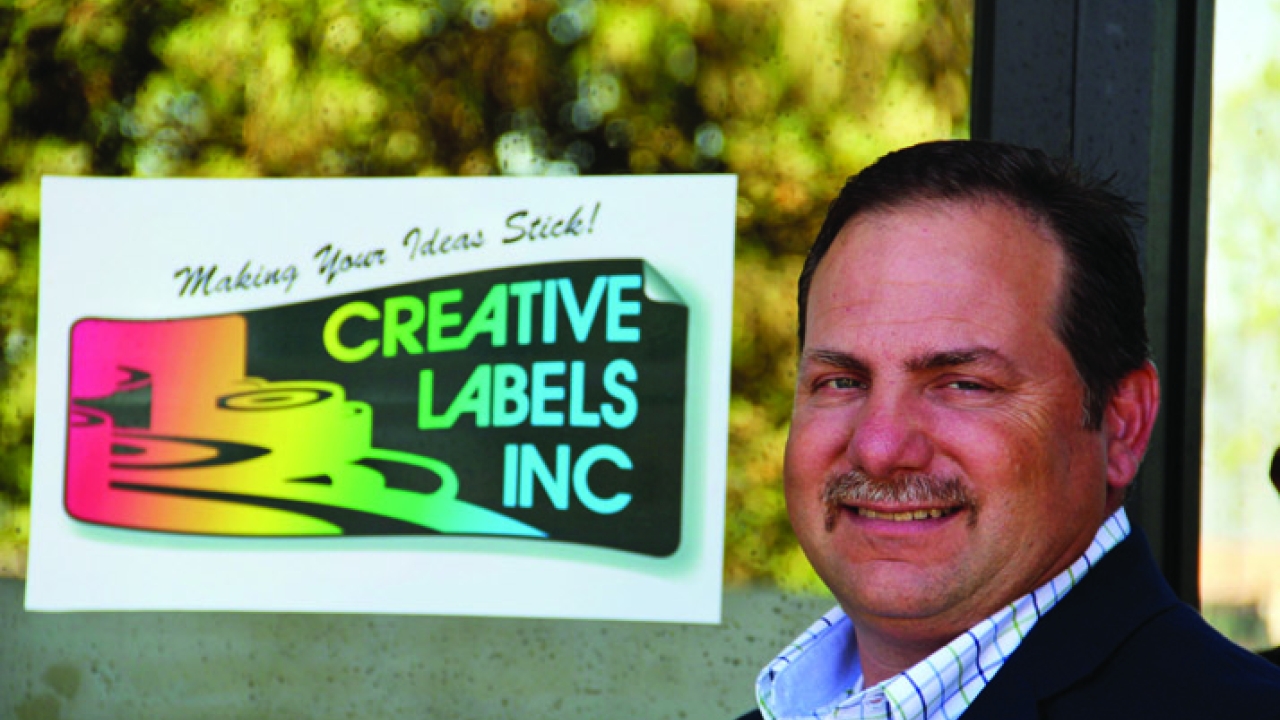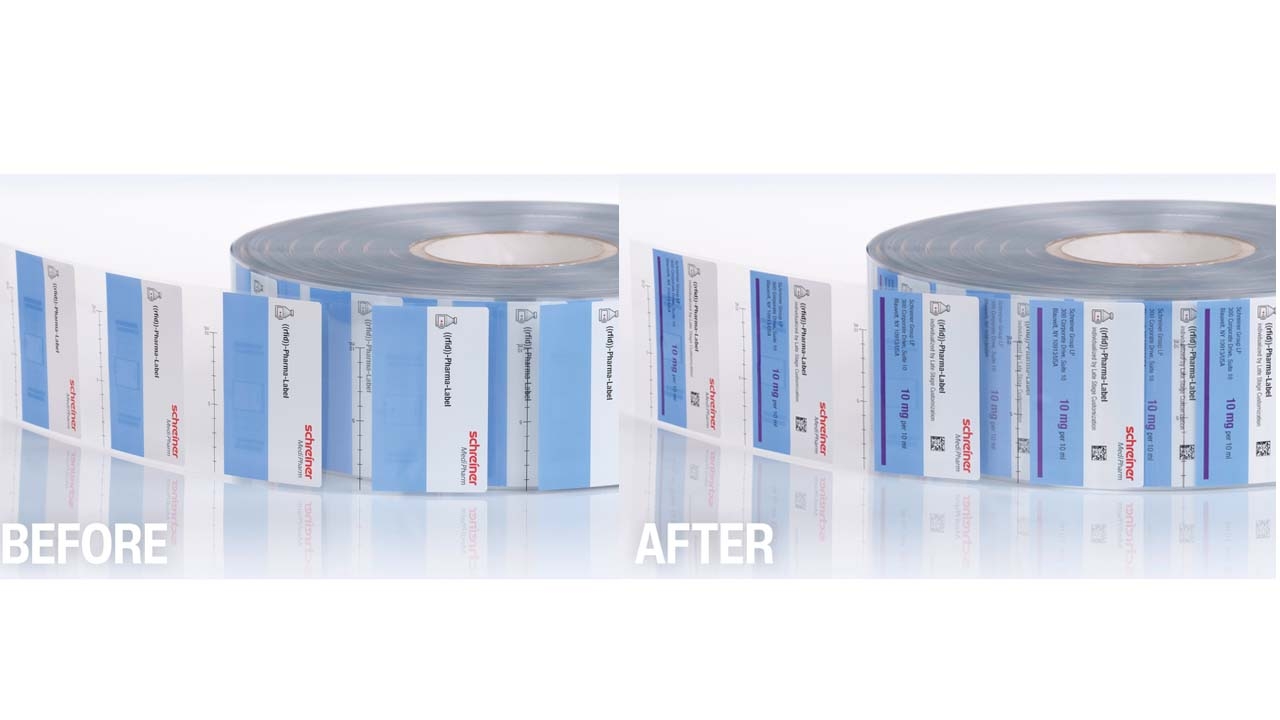Harvesting success

New label applications and equipment have fueled growth at food traceability specialist Creative Labels. Danielle Jerschefske reports
In the heart of produce country and the garlic capital of the world, Creative Labels of Gilroy, California is growing by leaps and bounds, thanks to growth in the agricultural business. Once a small regional company, Creative Labels now has national clients, as well as international clients in Costa Rica, Peru, Mexico and Ecuador. To support this growth, it has doubled the size of its facility, adding several thousand square feet by taking over the other half of its 18,000 square foot building. In fact, March 2012 was a record-setting month, with sales 75 percent higher than its best month.
Like most label manufacturers, Creative started from humble beginnings. In 1980, founder Sandy Franzen was a single parent with two children. She resigned from the label company she was working for as a sales rep, and set off to start a new company that would operate ‘with integrity and 110 percent customer focus’. Together with a former press operator and 700 square feet of space, Sandy gave birth to Creative Label.
‘I approached some of my former customers, many of whom agreed to work with me,’ recalls Franzen. ‘Then we hopped in a van and drove to Shingle Springs, CA, to pick up our first press, a used 3-color Mark Andy 810 and brought it back to our facility. Our first job was run for Memorex in September
of 1980.’
Now in 2012, the Creative Labels team has grown from two to 32 employees, including sales reps. Chris Martin, vice president of operations, recalls joining the company while he was a Freshman in high school: ‘I went from cleaning ink pans and sweeping floors to the rewind table. I started thinking about how we could boost our output and reduce run times. Somewhere along the way, I decided that we could run a label more than one across. It had a profound impact on our business,’ he says.
Today, that is exactly the type of innovation which fuels the company’s growth. ‘We had been seeing growth for variable information on labels, and for one large client we did runs with several hundred SKU's of header tags for each order. We had been changing plates out for each copy, but with so many SKUs, the job would require up to three weeks to complete. Also, the waste factor on those runs was probably well over 50 percent,’ recalls Martin. ‘For this variable application, we initially purchased a digital solution, but found that it still had some limitations. So when MCS introduced the Eagle UV inkjet, we were pretty excited. We found that the Eagle with dual print heads could increase our capacity, improve our quality, and allow us to achieve higher press speeds. It was also capable of printing much higher resolution,’ says Martin.
‘Prior to acquiring either of our variable UV inkjet systems we had purchased an MCS Array variable system which used standard ink jet cartridges or bulk supply standard ink jet inks. At this time, MCS had introduced us to the opportunities with HarvestMark, the genesis of our new offering, for both individual codes or for PTI case labeling,’ recalls Sandy Franzen, president. ‘We realized though that this market was going to require a wider range of materials and higher press speeds in order to be competitive. The Eagle UV Inkjet was again the answer, and it made a huge impact on our business,’ says Franzen.
The Produce Traceability Initiative (PTI) is an industry-led effort to enhance traceability throughout the entire produce supply chain. Having become a HarvestMark certified company, Creative Labels is equipped to handle the most technical and advanced label applications required, and can produce a wide variety of custom printed products with variable data.
Food traceability labeling
There are various types of food traceability labeling. All consist of an alpha numeric code that can be printed on labels for individual items, cases or even pallets. According to HarvestMark, more than two billion produce packages have been enabled with its codes to speed response to suspected recall events and deliver on-demand product information throughout the supply chain. HarvestMark's website (www.harvestmark.com) is set up to let consumers type in the numbers from a barcode or one they've scanned with a smartphone to research where their food originated.
‘It might take you to a web page that shows the product is from the Jones family farm and was picked on Tuesday. The farm can also have messages on its page, giving the consumers a more personalized experience,’ Martin explains.
On the horizon
‘We're seeing labels go wider in general. For instance, the HarvestMark code has been steadily moving to the wider top label. In the label industry substrates are important – the label materials are coated. With the MCS Eagle, we can run the glossy labels at higher speeds. We're getting output of 250 feet-per-minute,’ Martin asserts.
Martin speculates on the future of the business: ‘While we can attribute most of our growth to the HarvestMark business, we believe this application will be transferable to nutraceutical companies, including herbal supplements. This opens up a whole new market for us. These labels typically require a small font size and very high quality. This is so important, because for these customers, the label is their brand.’
Other new produce applications include rolls with laminated film for a ‘petal tags’ – a non-adhesive tag with a promotional message that slides in between the leaves of, say, an artichoke. ‘And those smaller PLU labels that are affixed to melons, squash, and other produce? The company wants to start putting food traceability codes on those. That can require a good amount of adhesive testing due to the surface, moisture, and application temperature,’ Franzen notes.
Growth is also about investing time in unique applications. It’s a by-product of being responsive to inquiries that come right out of nowhere. Says Franzen, ‘We had a recent off-the wall inquiry about dry gum labels a client wanted to use. We agreed to furnish a roll or two for testing and over a five-week period found a solution for them. Now we are looking at producing labels for them in three sizes, with quantities up to one million each!’
It pays to go green
Aside from installing solar panels on the roof of the building, Franzen is taking a cue from industry organization TLMI and its environmental leadership initiative. ‘Did you know that over 200,000 tons of waste liner go into landfills each year? This is a great target for recycling, and we’re exploring opportunities to provide that service for the greater Salinas Valley and South Bay area,’ asserts Franzen.
In the heart of the ‘Stinking Rose’ region, Creative Labels is on track for greater success.
About Creative Labels
Founded in 1980, the company is primarily a flexo shop with five presses of various widths and color capabilities. The company prints labels for produce suppliers, fresh pasta and pasta sauces, wine, medical devices, health and beauty products as well as tags and coupons. It also has a full pre-press department that includes platemaking and several kinds of digital printing devices and a full finishing department.
Pictured: Chris Martin, operations vice president of Creative Labels
This article is published in L&L issue 4, 2012
Stay up to date
Subscribe to the free Label News newsletter and receive the latest content every week. We'll never share your email address.


